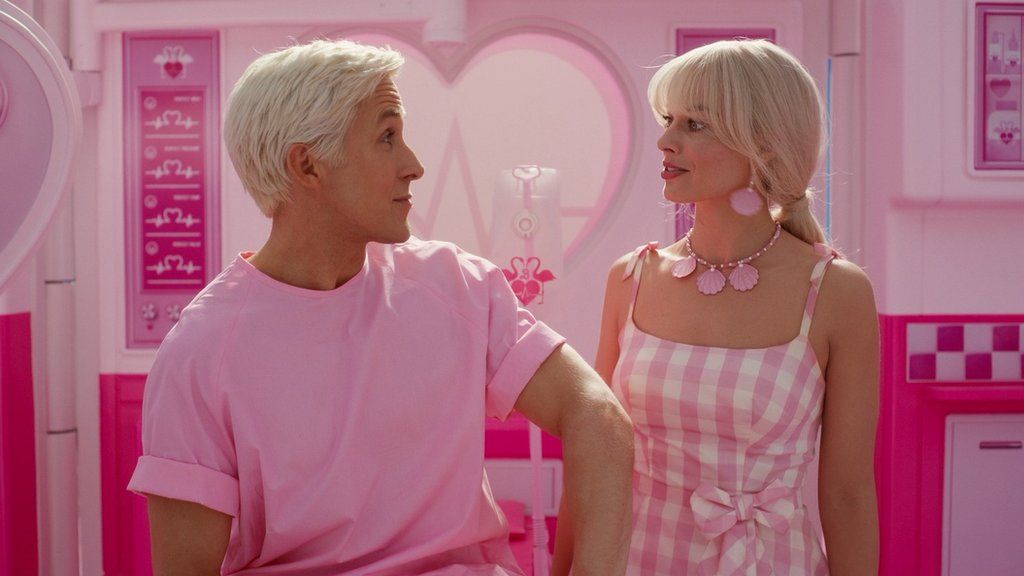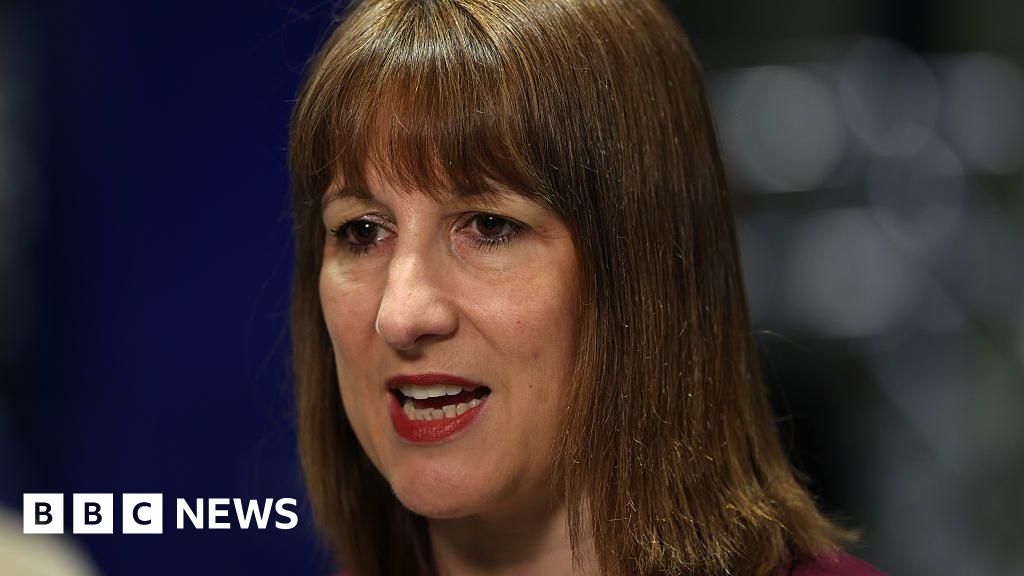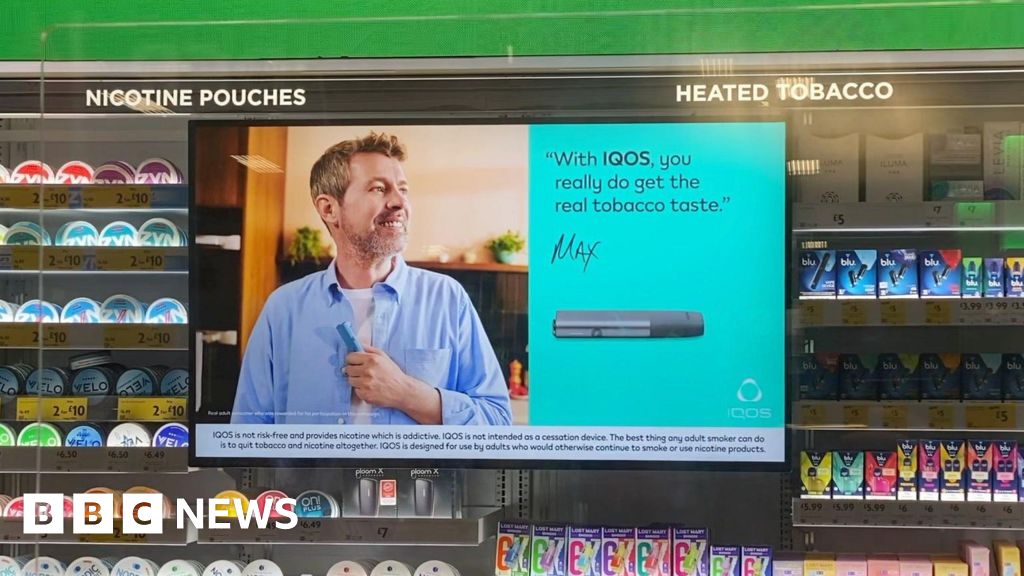ARTICLE AD BOX
 Image source, WB
Image source, WB
By Dougal Shaw
Business reporter, BBC News
It may sound like an unlikely comparison, but the boss of toy company Mattel would like Barbie to be the next Iron Man.
That's because Ynon Kreiz aspires to create a "Mattel universe", he tells the BBC - emulating the success of the Marvel universe, which has spawned dozens of hit films for Disney from a cast of comic-book characters like Thor, Captain America and Guardians of the Galaxy.
This is the strategy behind the Barbie movie, which comes out on 21 July. Kreiz began working on it when he became CEO of Mattel in 2018 and he remains executive producer.
Barbie and Ken are played by Margot Robbie and Ryan Gosling, with Greta Gerwig directing.
Kreiz acknowledges there is some risk in giving Barbie the Hollywood treatment, working with directors and writers who have their own creative ideas.
There is "humour and self-deprecation" in the film, he says (not least on his part, as he is played by Will Ferrell, a controlling and slightly stuffy CEO).
Image source, Mattel
Image caption,Ynon Kreiz became CEO of Mattel in 2018 - he is played by Will Ferrell in the film
It's clear even from the trailer that Barbie is the butt of jokes.
If you're being generous, she is portrayed as naïve and innocent. If you aren't, she's shallow and superficial, obsessed with appearance and unable to comprehend the meaning of sex, death - or life without high heels.
Barbie's "Dreamland" is a pink utopia, divorced from reality.
"This movie has been 64 years in the making (Barbie launched in 1959)," says Kreiz, "but it represents how the culture sees Barbie today."
Barbie remains Mattel's biggest-selling brand, making the company more than £1bn ($1.5bn) annually. Its other brands include Hot Wheels, Masters of the Universe, Monster High, Bob the Builder and Thomas the Tank Engine.
Kreiz argues Mattel's other brands also have the potential to be turned into successful spin-offs, like video games.
"The devil works hard but Barbie's marketing team is working harder," according to marketing expert Mike Buonaiuto, author of Founder Therapy, who admires the inventive advertising the team behind the film has been up to, including the Airbnb listing of a Barbie Dreamhouse.
"But let's be honest," Buonaiuto points out, "the opportunity for the Mattel universe is vastly different to Marvel's, and whilst Barbie is being powered by millennial nostalgia collaborations, try and do the same for Thomas the Tank Engine or Hot Wheels and you probably won't get the same result.
"The depth of world-building Mattel can pull from isn't competition for Marvel's."
But the recent collapse of Toys R Us shows why toymakers like Mattel need to diversify beyond the sale of physical products, adds Buonaiuto.
Image source, Mattel
Image caption,A still from the first TV ad for Barbie in 1959 - the original model was inspired by a German doll that was designed for adults, to be given as a saucy gift at bachelor parties
Barbie was first introduced in America in 1959, developed by Ruth Handler, co-founder of Mattel.
Before Barbie, dolls typically took the form of babies, so children could play at being a nurturing parent. However, Barbies encouraged children to play at being adolescents, imagining their future selves through the dolls.
As the original TV adverts that ran during Mickey Mouse Club told children: "Someday I'm going to be exactly like you."
This proved alluring and good business. More than a billion Barbie dolls had been sold by the early 1990s.
But there have also been questions about what exactly Barbie dolls teach children, especially around body image.
The original Barbie design was extremely skinny and the messaging reinforced unhealthy ideas. One infamous slumber party set created in the mid-1960s featured bathroom scales fixed at 110 pounds (50kg) and a dieting book that advised: "Don't eat".
Another talking Barbie created in the early 1990s had the doll saying, "Math class is tough." Mattel later apologised.
These issues continued to affect people's perception of the brand and arguably lay behind a dip in popularity around a decade ago.
Mattel has learned lessons and is now keeping up with the times, says Kreiz.
"Barbie is a flag carrier for diversity and inclusivity," he says, "with more than 170 different Barbie types in terms of body shape and skin colour, and Barbie has more than 200 careers, so girls can explore their potential in different ways."
Barbie has recently brought out dolls with disabilities, prosthetic limbs, and one with Down's Syndrome.
Image source, Mattel
Image caption,The Barbie range has continued to evolve under Kreiz's leadership
The "classic, traditional Barbie" is less than half of the business now, says Kreiz.
That new commitment to diversity is reflected in the cast of the film, while the classic Barbie, who is the central character, is gently mocked.
Kreiz also points out that Mattel is restructuring the company to move with the times.
Now it simply divides its products into categories (like dolls, vehicles and pre-school), rather than having teams devoted to separate boys' and girls' products. This is despite the fact that many shops still divide toys by gender, with pink aisles for girls who want to be princesses, and blue ones for boys who like dinosaurs and construction sets.
The Barbie film is part of Kreiz's masterplan to position Mattel as a "talent magnet", working with people like film directors to try different things with its well-known creations.
"People who buy our products aren't just consumers," says Kreiz. "They are fans, who have an emotional relationship to the products. Kids touch, hug and go to bed with our toys.
"We believe in the long-term opportunity for Barbie. But we need to evolve her, keep her relevant and in the centre of cultural conversation."

 1 year ago
42
1 year ago
42








 English (US) ·
English (US) ·